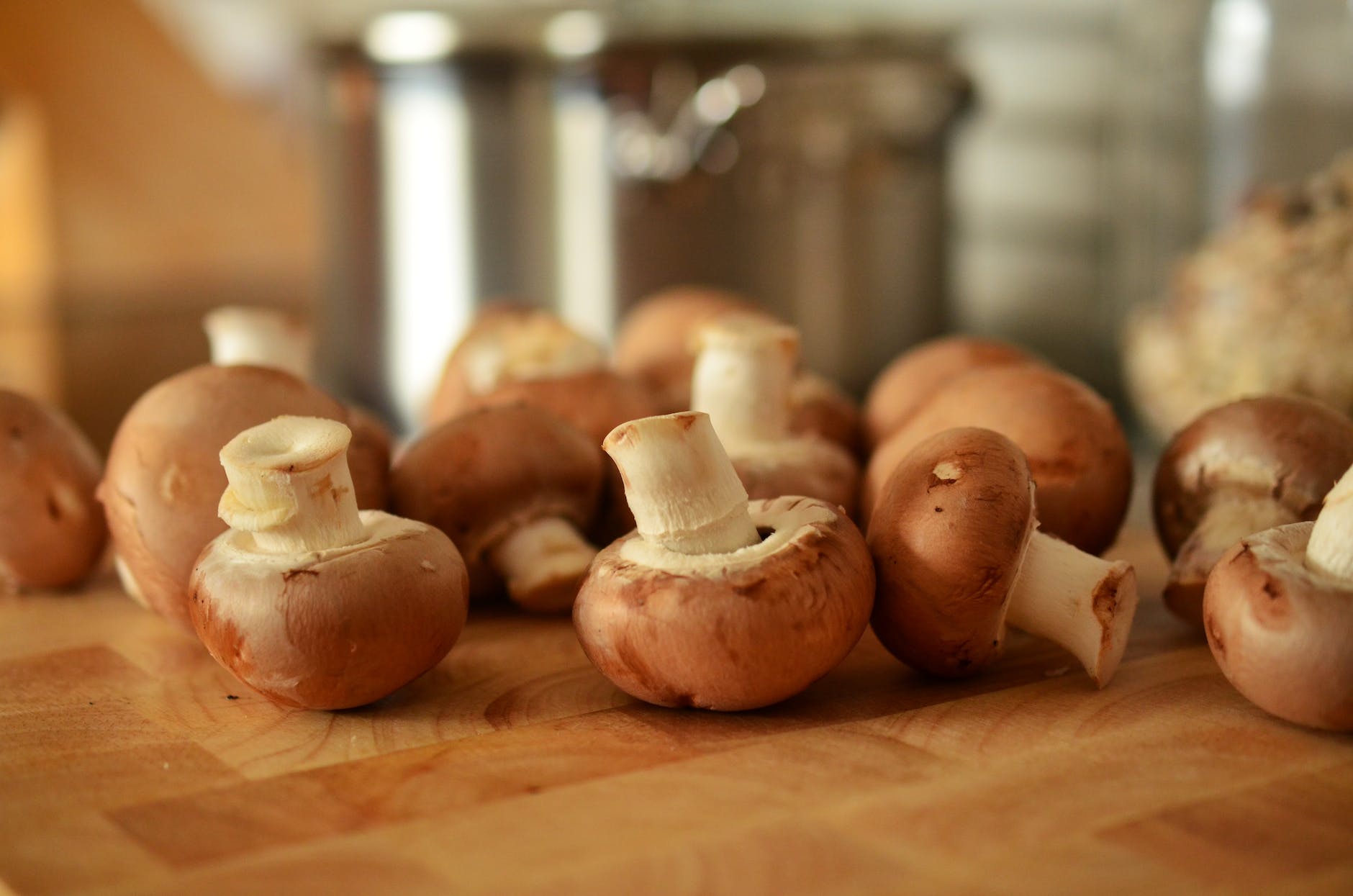
Mushrooms
Amanita muscaria, commonly known as the fly agaric mushroom, has a history of use in traditional and indigenous cultures for its psychoactive properties. Microdosing, a practice involving the consumption of small, sub-perceptual doses of psychedelics, has gained popularity in recent years. Amanita muscaria microdosing involves ingesting minimal amounts of this mushroom, aiming for subtle effects without inducing intense hallucinations. Learn more at https://amanita-universe.us.
What is Amanita Muscaria Microdosing?
Amanita muscaria microdosing refers to the method of consuming minimal quantities of this mushroom, often in dried form, to harness potential therapeutic benefits without experiencing strong psychoactive effects associated with higher doses. Unlike recreational or therapeutic doses, microdoses are typically below the threshold of creating noticeable alterations in perception.
Why Amanita Muscaria Microdosing?
- Subtle Effects: Advocates of microdosing believe that consuming small amounts of Amanita muscaria may lead to improved mood, increased creativity, enhanced focus, and potential cognitive enhancements without the intense psychedelic experiences associated with larger doses.
- Exploration of Alternative Therapies: People interested in natural and alternative therapies seek Amanita muscaria microdosing as a potential tool for self-improvement, mental well-being, and creativity enhancement.
- Traditional and Cultural Significance: The mushroom has historical significance in various cultures, where it was used for ritualistic purposes, spiritual exploration, and potential healing properties.
How Amanita Muscaria Microdosing Works
The exact mechanisms behind the effects of Amanita muscaria microdosing are not fully understood, and scientific research on its specific effects is limited. The mushroom contains psychoactive compounds such as muscimol and ibotenic acid, which are believed to interact with neurotransmitter systems in the brain, potentially influencing mood, cognition, and perception.
Potential Benefits of Amanita Muscaria Microdosing
- Mood Enhancement: Anecdotal reports suggest that microdosing Amanita muscaria may lead to subtle improvements in mood, including increased feelings of happiness and decreased anxiety or depression symptoms.
- Creativity and Focus: Some individuals claim that microdosing this mushroom enhances creativity, fosters lateral thinking, and improves focus and concentration without the distracting effects of higher doses.
- Cognitive Function: Supporters of microdosing believe it may have potential cognitive benefits, such as increased mental clarity, problem-solving abilities, and heightened awareness.
Considerations and Potential Risks
- Dosage Accuracy: Due to variability in the potency of mushrooms and individual sensitivity, accurately measuring microdoses is crucial to avoid unintended effects or toxicity.
- Potential for Adverse Effects: Although microdosing aims to minimize strong psychoactive experiences, individuals may still experience unexpected effects such as nausea, headaches, or increased heart rate.
- Lack of Scientific Evidence: The reported benefits of Amanita muscaria microdosing primarily rely on anecdotal experiences, and scientific studies validating its effectiveness are limited.
- Legal Status: The legal status of Amanita muscaria varies by region, and its possession, sale, or consumption may be prohibited in some areas.
Frequently Asked Questions (FAQs) about Amanita Muscaria Microdosing
- What is the typical dosage for Amanita muscaria microdosing? Dosages range from approximately 0.1 to 1 gram of dried mushroom, taken intermittently every few days.
- How long do the effects of microdosing Amanita muscaria last? Effects can last several hours but are generally subtle and may not be easily noticeable.
- Can microdosing Amanita muscaria lead to hallucinations or intense experiences? Microdosing aims to avoid strong psychedelic effects; however, individual sensitivity and dosage may affect the experience.
- Are there risks of toxicity associated with microdosing Amanita muscaria? Microdosing attempts to minimize the risk of toxicity, but consuming larger amounts or misidentifying mushrooms can lead to adverse effects.
- Can Amanita muscaria microdosing treat mental health conditions? Scientific evidence supporting its efficacy for mental health treatment is lacking, and individuals with mental health concerns should seek professional guidance.
- Is microdosing Amanita muscaria legal? The legal status of Amanita muscaria varies by region, and individuals should be aware of local regulations regarding its possession and use.
- Can microdosing Amanita muscaria be combined with other practices, such as meditation? Some individuals combine microdosing with complementary practices, but caution and self-awareness are advised.
- How often should one microdose Amanita muscaria? Microdosing schedules vary, with some individuals following cycles of several weeks or months, followed by breaks.
- Is there a recommended age or demographic for microdosing Amanita muscaria? Microdosing practices are not recommended for minors or individuals with certain health conditions without consulting healthcare professionals.
- What should be done if adverse effects occur during microdosing? Cease consumption immediately and seek medical attention if experiencing adverse effects or unusual symptoms.
- Can Amanita muscaria microdosing lead to addiction? There’s no evidence to suggest that microdosing Amanita muscaria leads to addiction, as it’s intended for intermittent and controlled use.
- Is it safe to drive or operate machinery while microdosing Amanita muscaria? It’s advisable to avoid activities that require full attention and focus, as even subtle effects may impact cognitive functions.
- Can microdosing Amanita muscaria interact with medications or other substances? Limited research exists on potential interactions, and consulting a healthcare professional is recommended, especially for those on medications.
- Can microdosing Amanita muscaria improve physical performance or athletic abilities? Claims regarding physical performance enhancements from microdosing lack scientific validation and require further research.
- Are there specific guidelines for safe microdosing practices with Amanita muscaria? Ensuring accurate dosing, sourcing from reliable suppliers, and being aware of individual sensitivities are crucial for safe microdosing practices.
Conclusion
Amanita muscaria microdosing remains an area of interest for individuals seeking potential cognitive enhancements, mood improvements, or creative boosts. However, it’s essential to approach microdosing with caution, understanding that reported benefits are largely based on personal experiences and more scientific research is needed to validate its efficacy and safety. Consulting healthcare professionals and being aware of legal implications are crucial for anyone considering Amanita muscaria microdosing.






